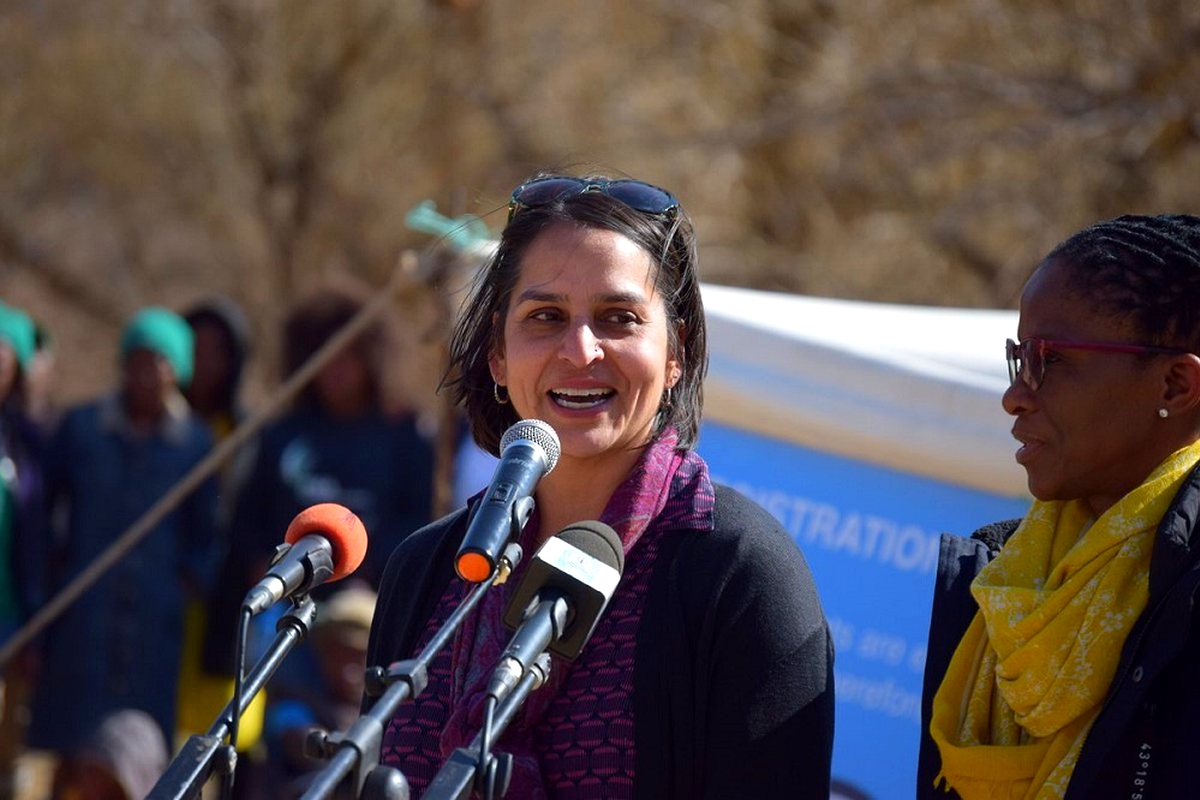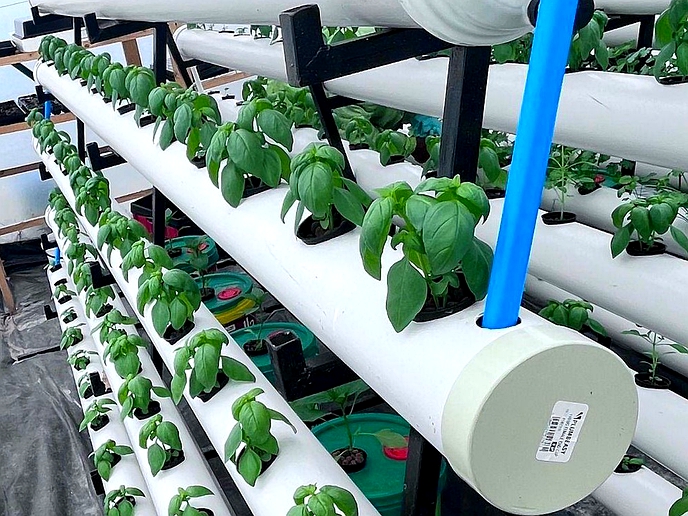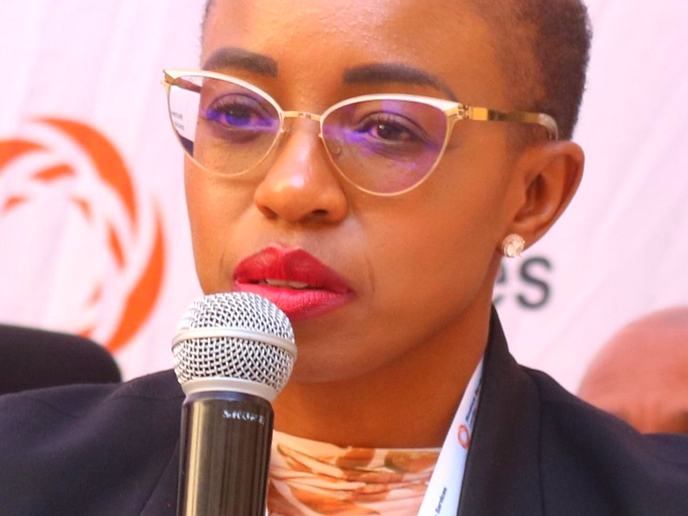ALMOST half of the children in Lesotho, (45.5 percent) are multi dimensionally poor, a newly released multi-faceted child poverty report has revealed.
business
Dec. 15, 2021
NEO SENOKO
3 min read
Half of children in Lesotho multi-dimensionally poor – report

UNICEF representative to Lesotho, Anurita Bains
Story highlights
The document, which was prepared as a collaboration between the Bureau of Statistics (BOS), the Ministry of Development Planning as well as the United Nations Children’s Fund (UNICEF) shows that an alarming 94.6 percent of Basotho children experience deprivation in at least one dimension.
It mainly focuses on eight dimensions including education, nutrition, health and protection from violence, which are measured at the level of the child while the other four, comprising of water, sanitation, housing and access to information are measured at the household level, meaning that they affect all household members equally, regardless of age.
Even though there are eight dimensions in total, three age groups, 0-23 months, 5-12 years and 13-17 years were assessed against seven dimensions defining their welfare, while six were considered for the aged group, 24- 59 months. One or more indicators define each dimension.
“These multi-dimensionally poor children experience, on average, 55.6 percent of all possible deprivations, that is, equivalent to 3.49 out of a total of seven deprivations. The proportion of deprived children with simultaneous deprivations is higher in rural areas than in urban,” the report says.
A total of 52.5 percent of rural children are deprived in three or more deprivations compared to 33.1 percent of urban children who are deprived in three or more deprivations.
In fact, multi-dimensional child poverty is higher in rural areas by 19.4 percentage points compared to urban areas. More boys, 48.2 percent are multi-dimensionally poor as compared to girls at 43 percent.
Male headed households have higher proportion of multi-dimensionally poor children relative to female headed households.
“51.9 percent of children living in a household whose head has primary or no education are deprived in three or more dimensions compared to 34.7 percent when the head has secondary education and 17.5 percent if the household head has vocational or university degree. Households with five or more children record 58.7 percent child poverty rate. This figure drops to 39.8 percent when there are at most two children in the household,” adds the report.
According to the UNICEF representative to Lesotho, Anurita Bains, there are clear and specific actions that can be taken by the country to reduce multi-dimensional poverty and make progress for the community and for every child.
Among other things, she noted that the country needs to continue efforts to improve access to clean water and basic sanitation, especially in schools and communities as well as put more focus on nutrition for pregnant women and children in the first 1000 days of life.
Enjoy our daily newsletter from today
Access exclusive newsletters, along with previews of new media releases.
“With focused programmes and outreach, we can make progress against this indicator, which remains stubbornly high. The impact of COVID-19 on children in terms of learning has been devastating. But before the pandemic, we knew that children were not achieving the levels of learning expected for their age.
“I want to acknowledge the efforts by the Lesotho Government to get children back in school during the pandemic, this has been an important step during these unprecedented times,” Ms Bains also said.
Additionally, she noted that scaling up reception year classes will set the foundation for lifelong learning for children, which is a critical way to improve learning outcomes.
Other recommendations include accelerating access to electricity, especially in the highlands and foothills, using green energy solutions as well as expanding the successful Child Grant Programme so that all poor and vulnerable households are reached.






